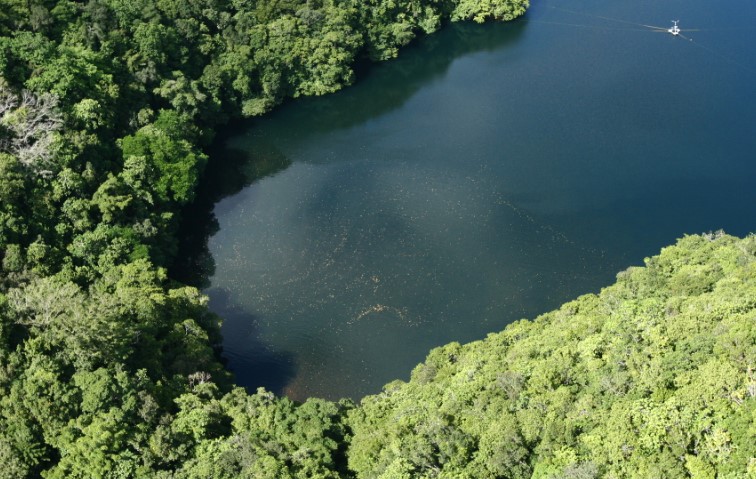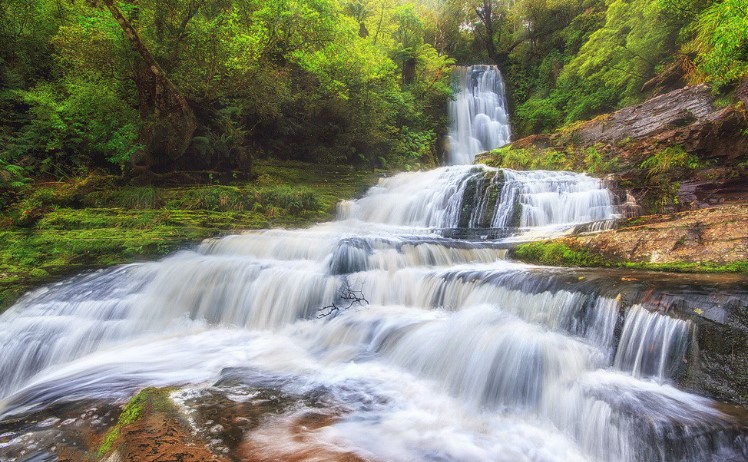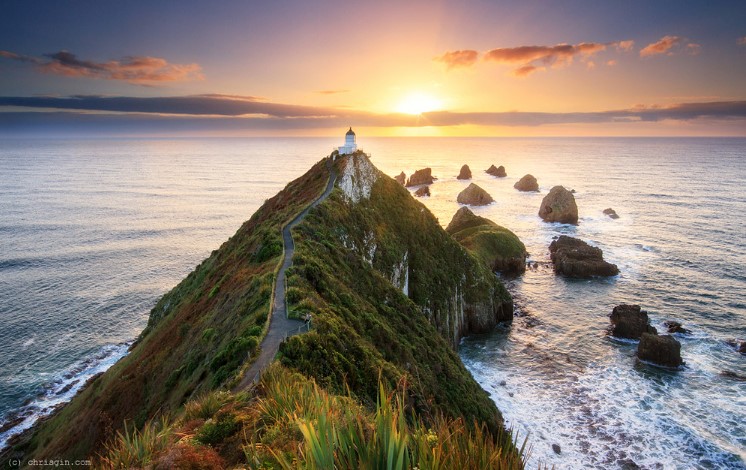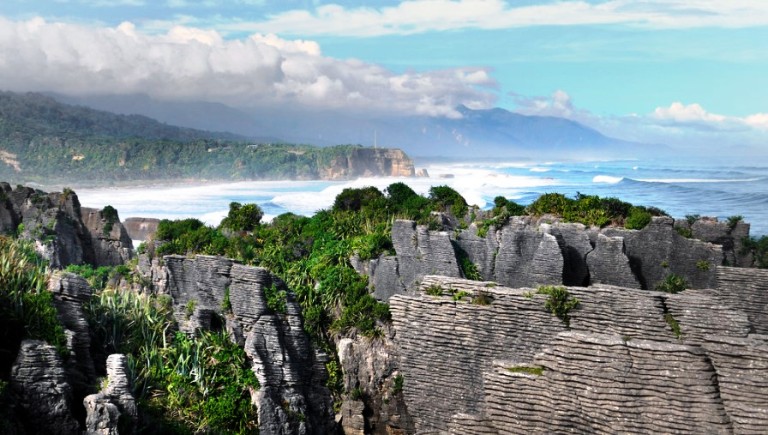Eil Malk island in Palau is home to the most incredible jellyfish lake. This is a marine lake, located between Koror and Peleliu. Eil Malk is one of Palau’s Rock Islands, a group of small and mostly uninhabited islands. It’s no surprise that it’s one of Palau’s most famous attractions. Cracks in limestone rock connect marine lakes to the ocean.
Throughout the Rock Islands, there are about 70 other marine lakes. The lake is home to millions of golden jellyfish that migrate horizontally each day. Jellyfish Lake is home to two scyphozoan jellyfish species: moon jellyfish (Aurelia sp.) and golden jellyfish (Mastigias sp.). This UNESCO World Heritage Site is perhaps the finest place in the world to swim among frilly jellyfish.
An ancient Miocene reef provides the fissures and tunnels that connect Jellyfish Lake with the ocean. Despite its isolation, the lake has a much smaller species diversity than the nearby lagoon because the conditions are different. The age of Jellyfish Lake is approximately 12,000 years old. According to this estimate, the lake is about 30 meters deep.
The sediment is at least 20 meters thick. The sea level has been rising since the end of the last ice age. The Jellyfish Lake basin began to fill with seawater about 12,000 years ago as the sea level rose. There are other species that exist in the lake as well as some that have evolved to be substantially different from those living in nearby lagoons. For example, Mastigias cf papua etpisoni.
There is a close relationship between golden jellyfish and the spotted jellyfish (Mastigias papua) that inhabits the lagoons nearby. Similar to the spotted jellyfish, they consume part of their nutrition from symbiotic algae (Zooxanthellae) that live in their tissues and part from captured zooplankton.
Hamner identified the moon jellyfish as Aurelia aurita. According to his testing, Aurelia has at least six additional cryptic species in addition to its three named species. It’s imperative to remember that the lake is not suitable for scuba diving.
Can you swim with jellyfish? Due to the fact that jellyfish don’t actually sting, it is a very safe activity. The bottom of the lake has hydrogen sulfide, which is harmful to divers (submerging below 15 meters). The lake contains hydrogen sulfide in its anoxic layer, which is poisonous to humans. It is also possible for jellyfish that have washed ashore to still release venomous stingers if touched.
Sea levels rose at the end of the last ice age, filling Jellyfish Lake’s basin over 12,000 years ago. Thousands of jellyfish became trapped and isolated from the ocean when the waters receded. The lake is connected to the ocean by tiny cracks and extremely narrow tunnels, which maintain salinity, but only bacteria and microorganisms can pass through. Though it may appear that this will ultimately be fatal for the jellyfish, it actually demonstrates how well species can adapt and evolve.
Many people overlook Palau in favor of Fiji, Bora Bora, or the Cook Islands in the South Pacific. A lovely, scenic and quiet getaway awaits you in Palau, a tropical archipelago comprised of over 500 remote tropical islands. Recent years have actually prohibited swimming with jellyfish due to a declining jellyfish population. With jellyfish numbers on the rise, swimming with jellyfish has been reopened in 2019.










